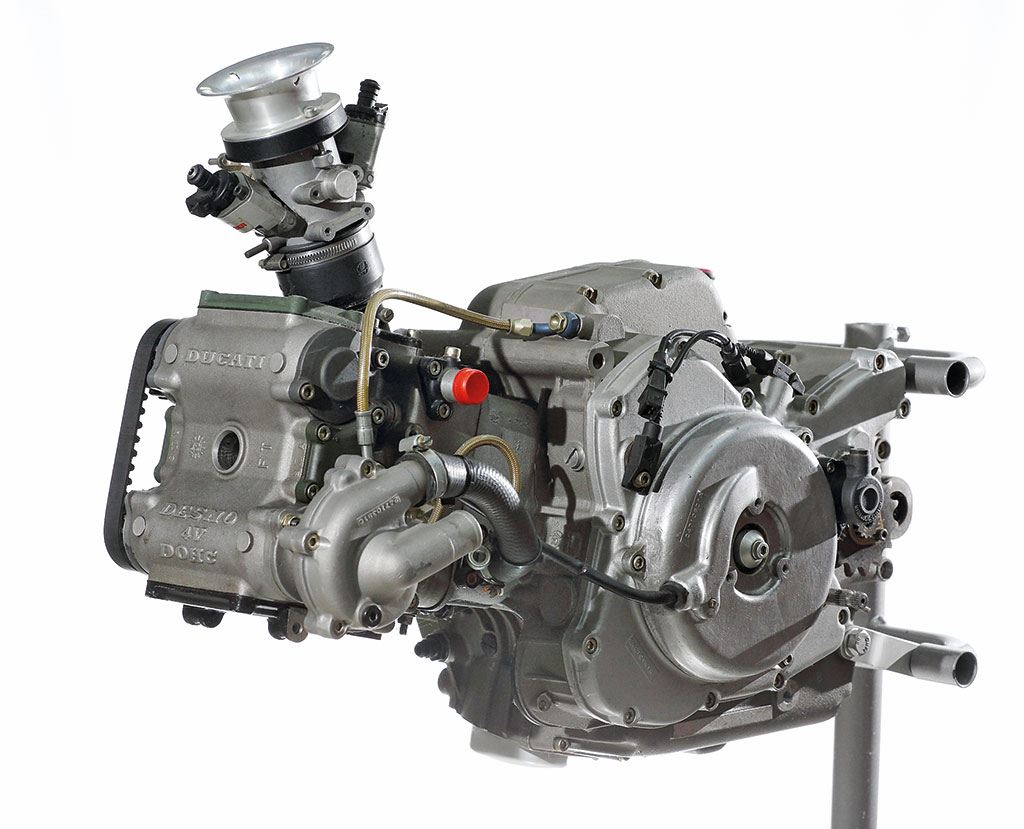The Ducati Supermono was born from an idea of Massimo Bordi who thought of using the horizontal cylinder of the desmoquattro twin cylinder to create an engine with which, he was convinced, set up a whole range of bikes.
Today, we admire the Supermono for the intrinsic qualities of its engine, for its beautiful line, for its sporting history and for its rarity (only 67 were produced), but from a commercial point of view it certainly represented a great failure.
We can therefore understand the firm contrary opinion of the management of Cagiva, owner at the time of Ducati, to the development of the project, but Ing. Bordi eventually won it.
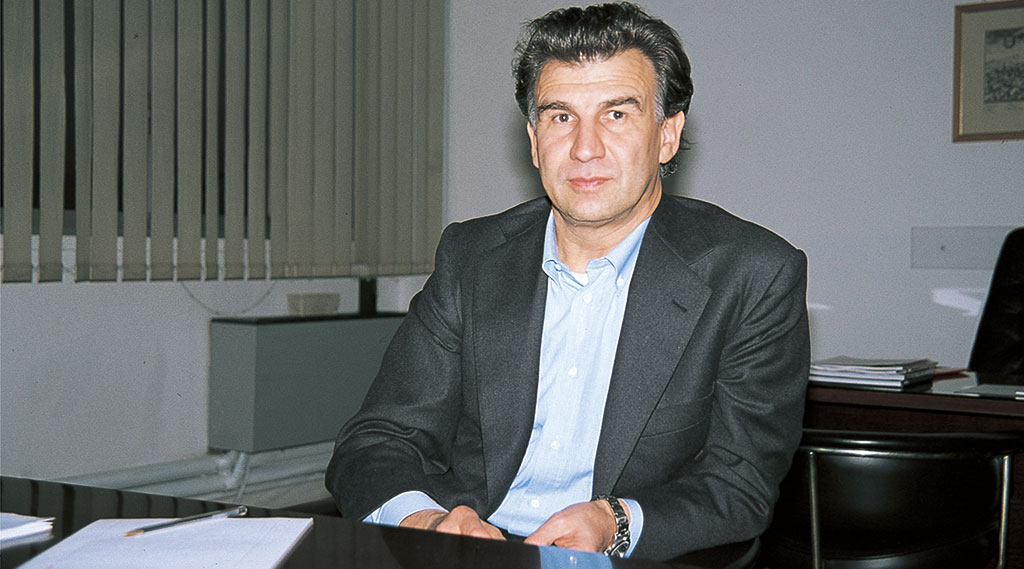
His idea was clear: to take advantage of the great appeal of the “Sound of Singles” races, where Supermono was called to compete, and then commercially exploit its success: practically the same recipe as the Desmoquattro!
These are the statements made by Bordi to journalist Alan Cathcart in the early nineties on the occasion of the presentation of the prototype, then marked in the company as Project 502:“The Supermono will be equipped with electronic injection and integral fairing – said Bordi – in addition to a top-notch components, and will be offered, like the 851, in a road and track version, thanks to an upgrade kit. Later, it will be up to Mono Sport, characterized by a semi-caring and fuel or electronic injection power depending on the production costs. The latest version of the 502 range will be the single Strada, a naked one with a classic line“.
History, as we now know, took a different direction, but we are nevertheless grateful to Ing. Bordi that managed to realize his intentions, because this was how a unique bike of its kind could be born in many respects.
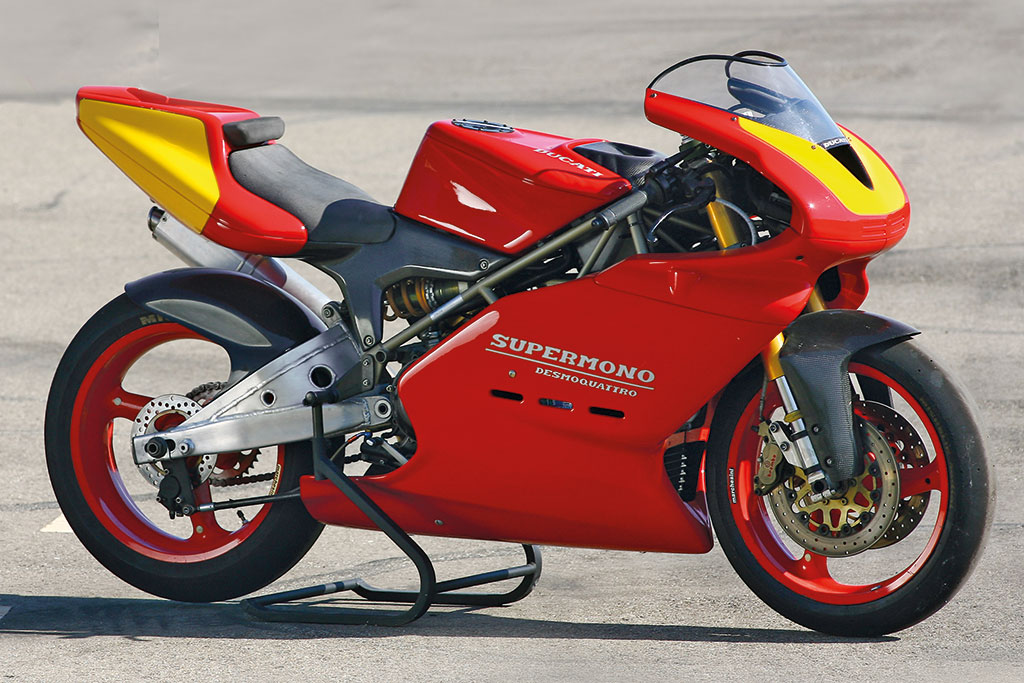
Thus the Supermono was presented for the first time to the public on the occasion of the Cologne Motor Show in 1992, enchanting fans with its harmonious shapes.
But now, we are mainly interested in deepening the discourse of
There are therefore technical reasons behind the choice to derive the mono from the twin-cylinder: a four-speed engine owes most of its performance to the thermal groups, so it made sense to use those of the 851, since Ducati invested 5 years to develop them,with the results we all know.
Particular, then, the technical declination of this consideration: instead of eliminating the horizontal cylinder of the Desmoquattro, which would have facilitated the containment of the wheel, the project materialized in removing the vertical cylinder, so as to have a balance of weights in favor of the front wheel.
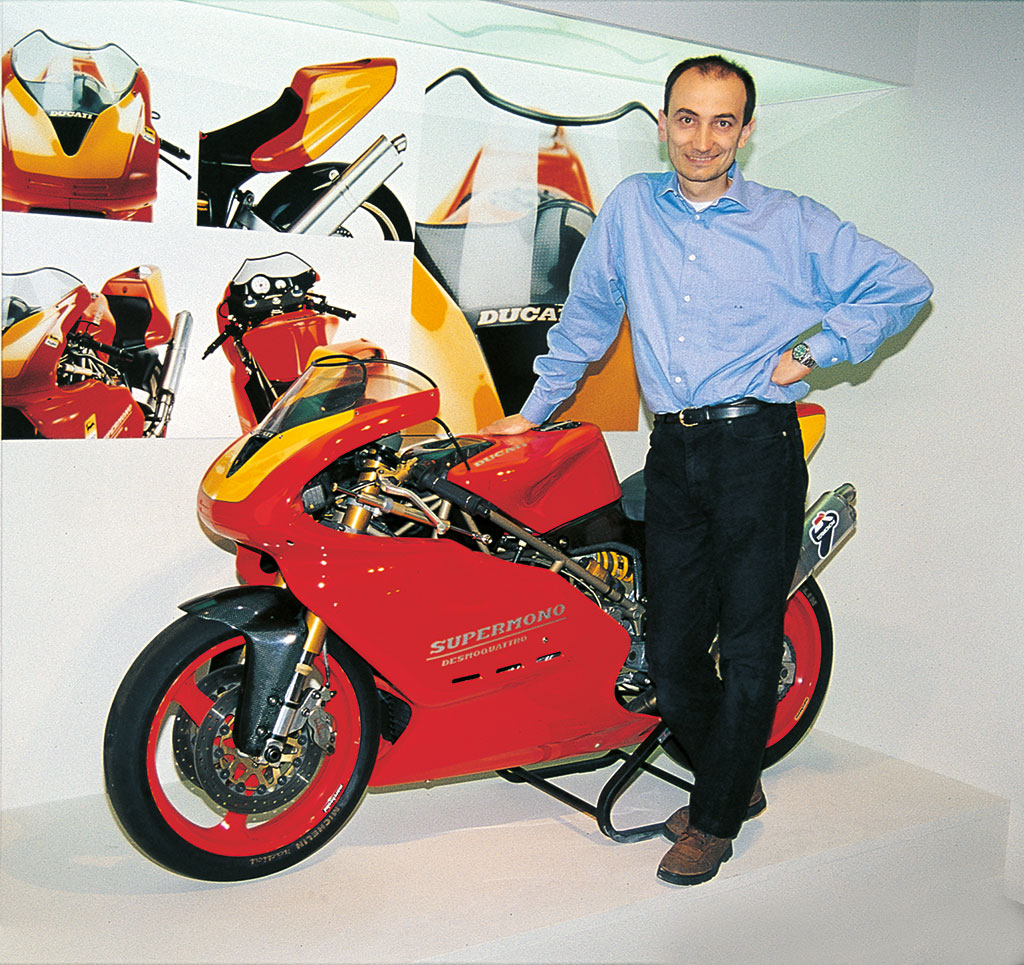
From a design point of view, the idea first developed with the idea of using the rear cylinder as a balancing
The double-connecting rod system represented a very satisfactory solution, both in technical and commercial terms, as Ducati was the first to use it and because it allowed to reduce production costs. The effectiveness of this system was so good that the engine could reach 11,000 rpm without any reliability problem: a remarkable result for a four-stroke monocylindrical of about 500 cc, moreover desmodromic.
In addition, compared to an engine with one or more balancing shafts, the Supermono was more compact, not needing additional chains or gears, and the engine balance was better.
All this, however, was not enough to cause the Supermono to emerge from the narrow circle of fans of the “Sound of Singles” races and therefore, as mentioned, it was produced in very few examples without ever making a road version. Why did this happen?
In this regard, years ago, Claudio Domenicali,at the time general manager of product and head of Ducati Corse, declared to us that: “Single cylinders are missing something. They vibrate too much and don’t convey that adrenaline thrill when you open the gas“.
A very authoritative opinion, given that his first job inside the Borgo Panigale factory, once his university studies had been completed, had been precisely that of project leader and track engineer of Supermono. Of course, it is a real pity that Bordi’s initial project did not come true, because surely there would have been many duchies happy to own and drive such a vehicle on the road. Many, but most likely not enough to amortize the costs of industrialization of such a specialist medium.
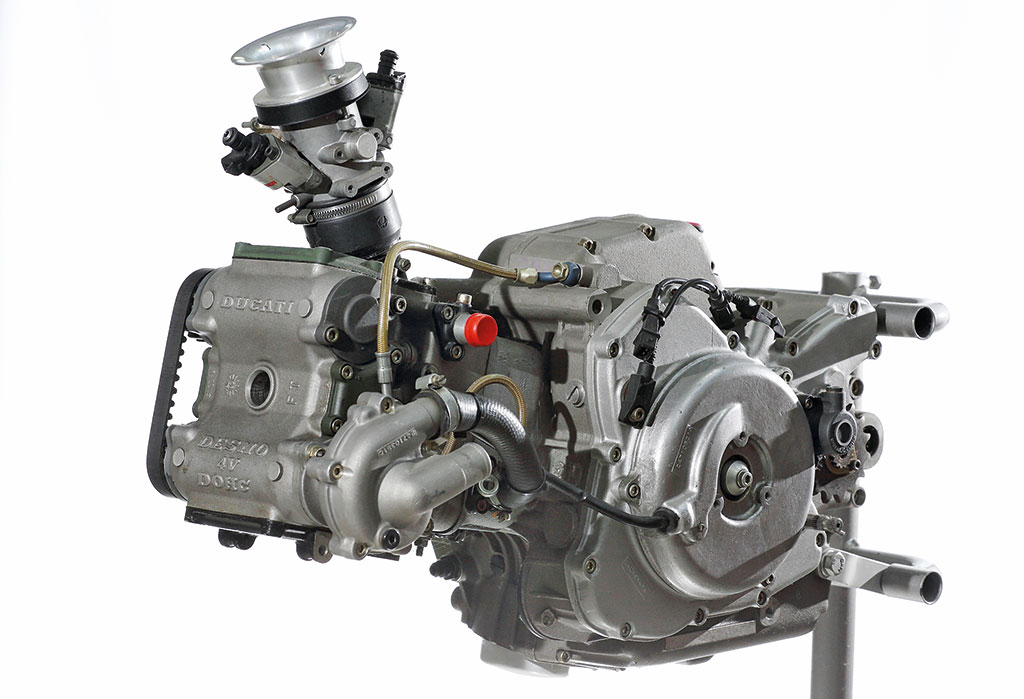
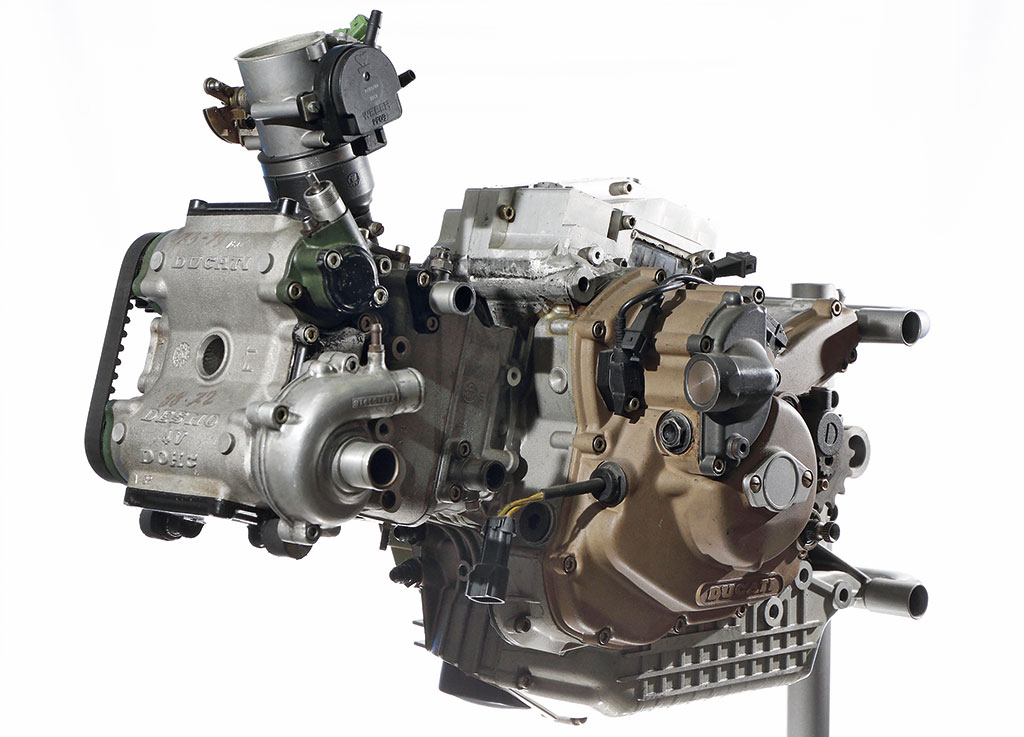
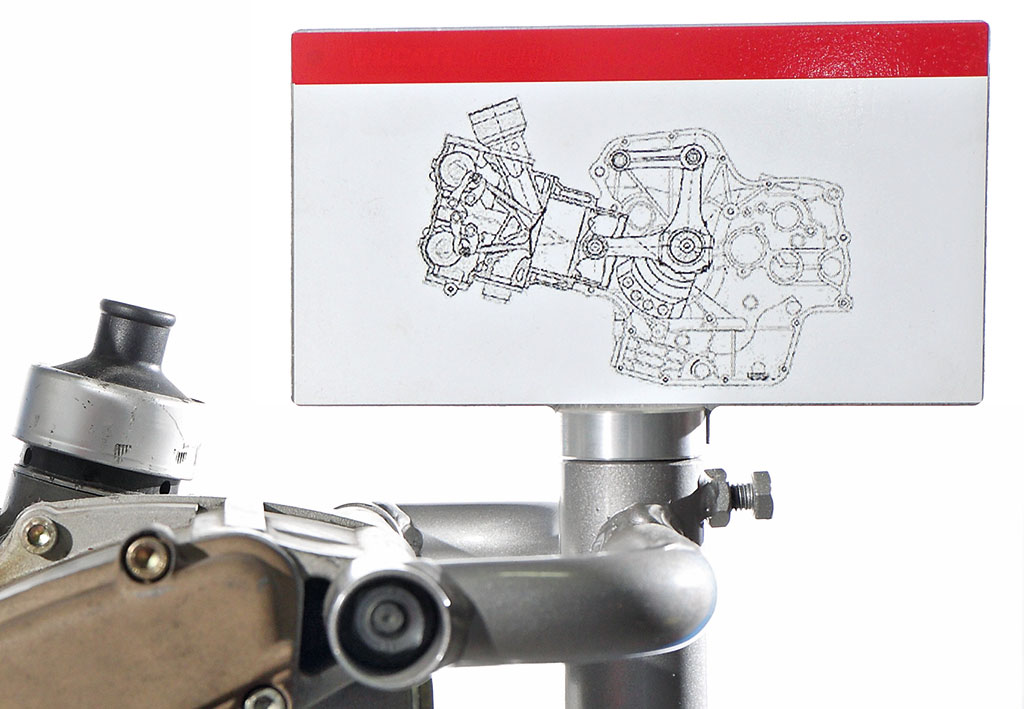
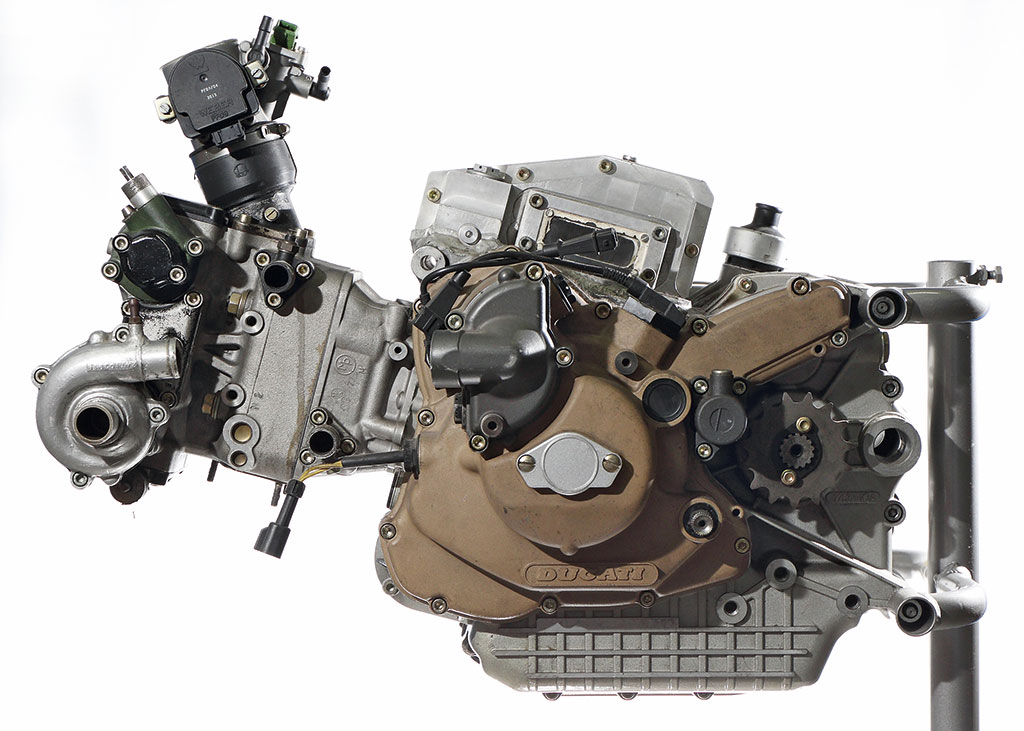
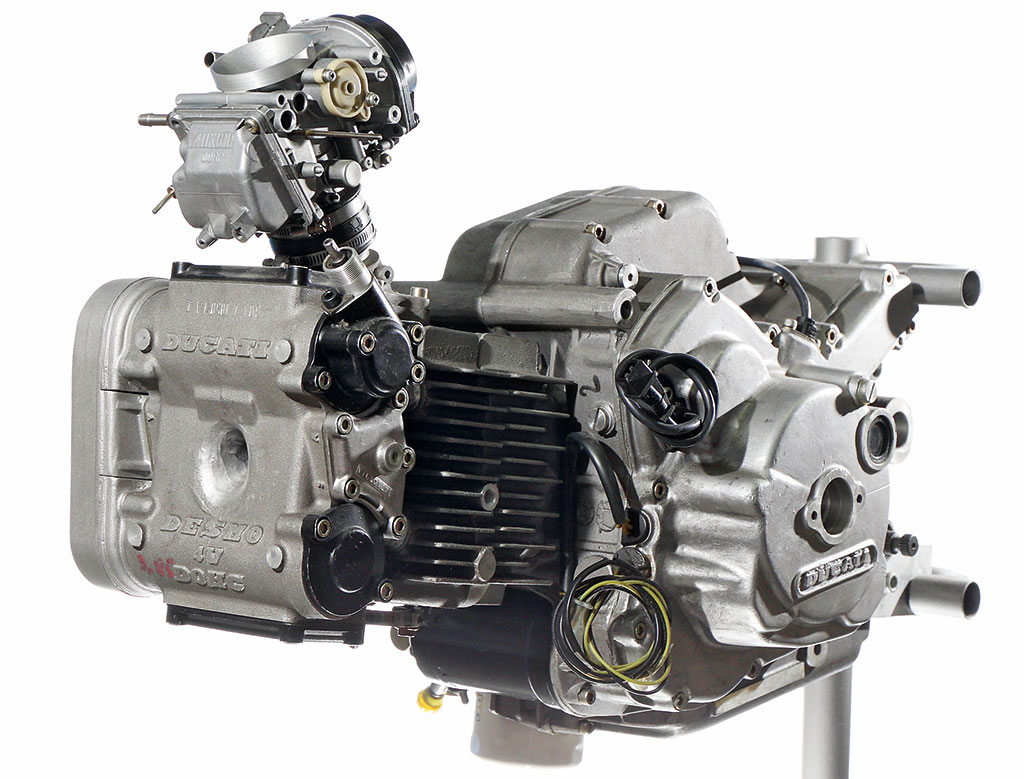
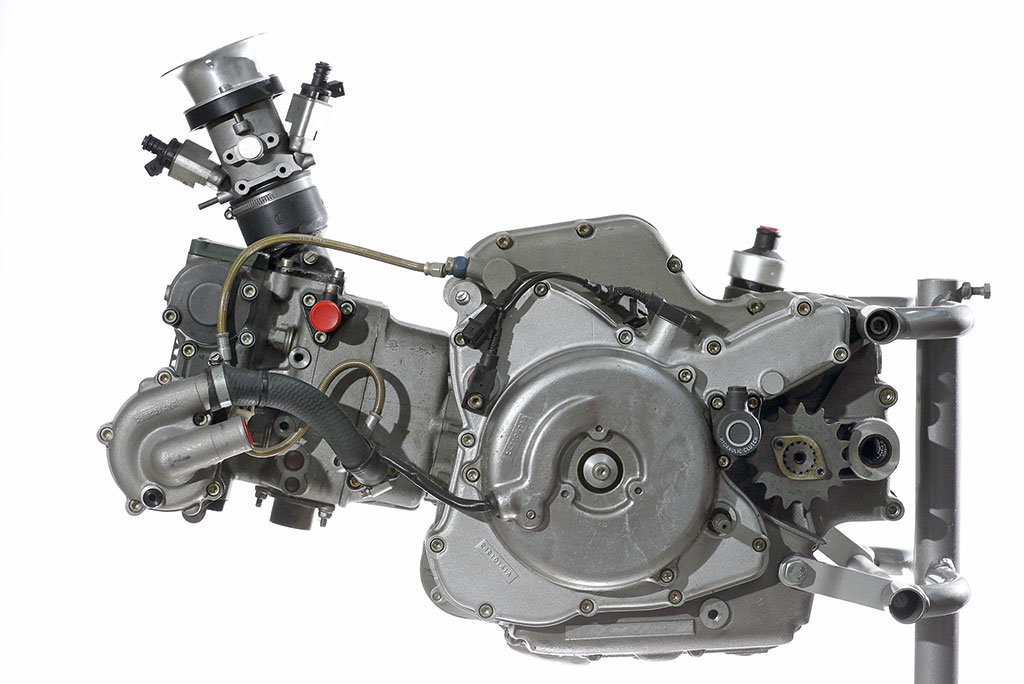
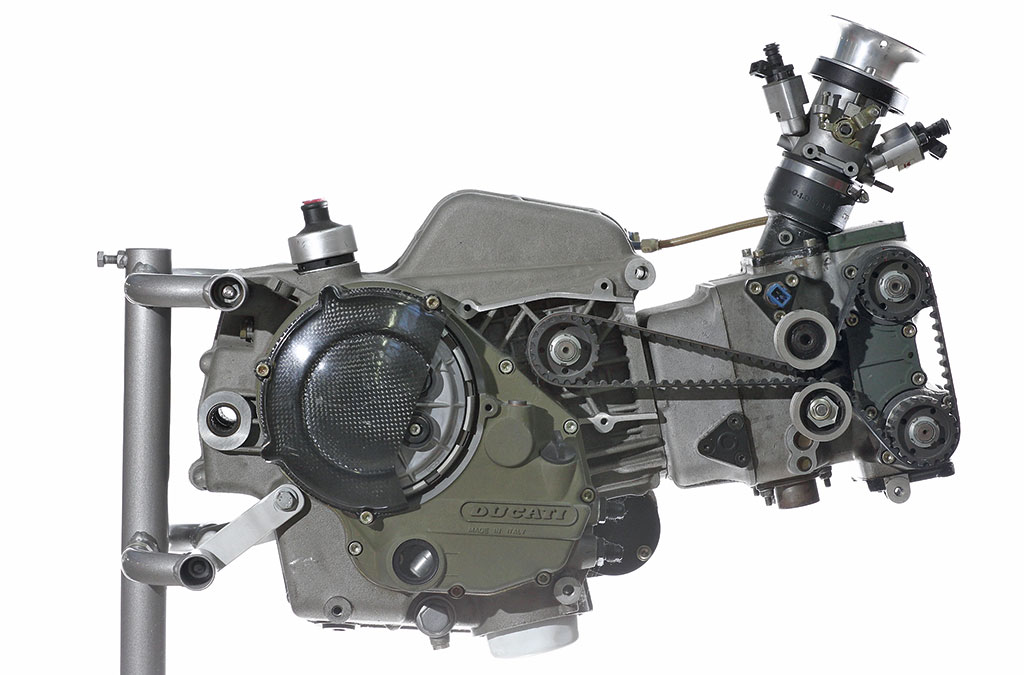
Photos by Enrico Schiavi

